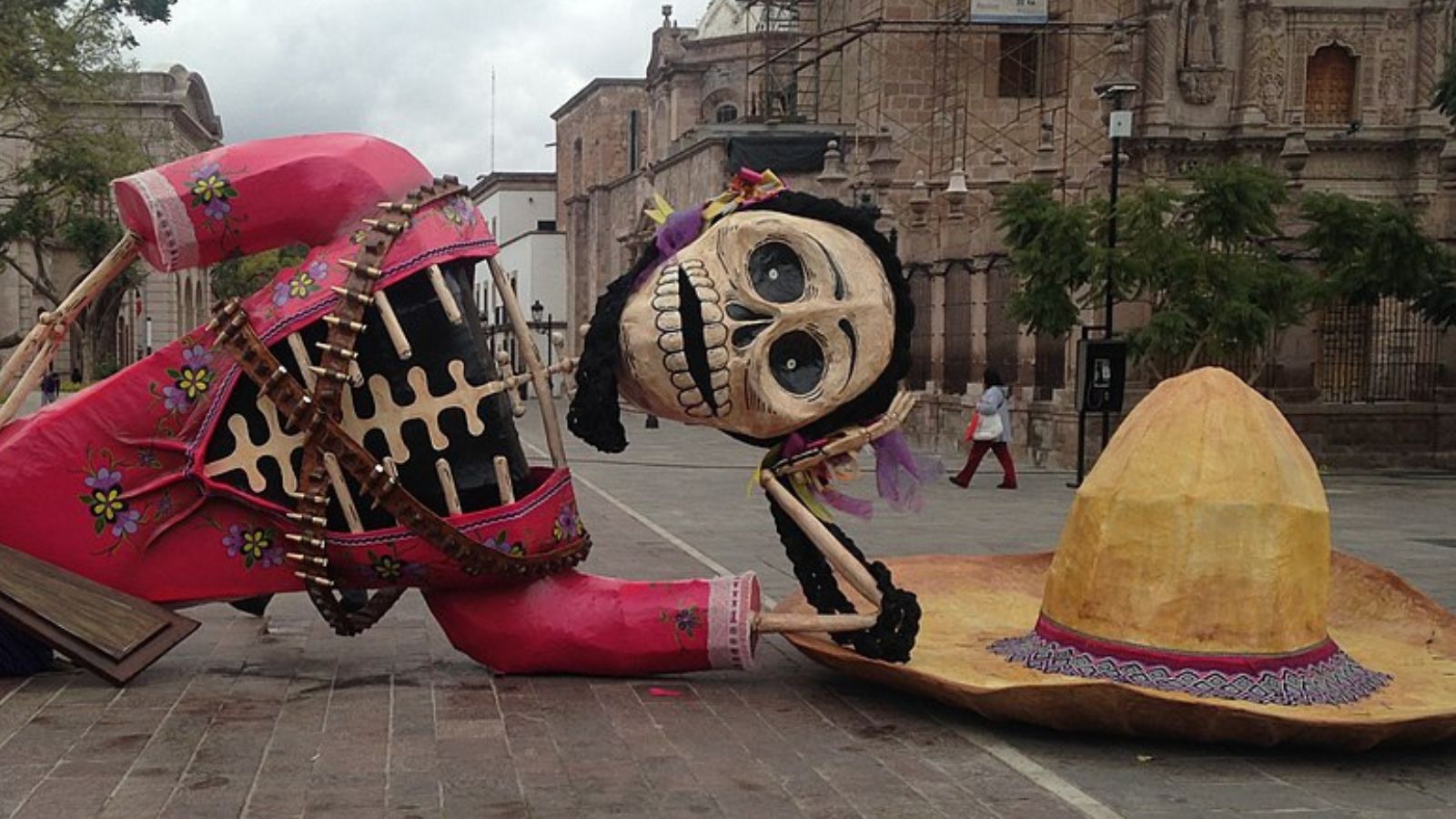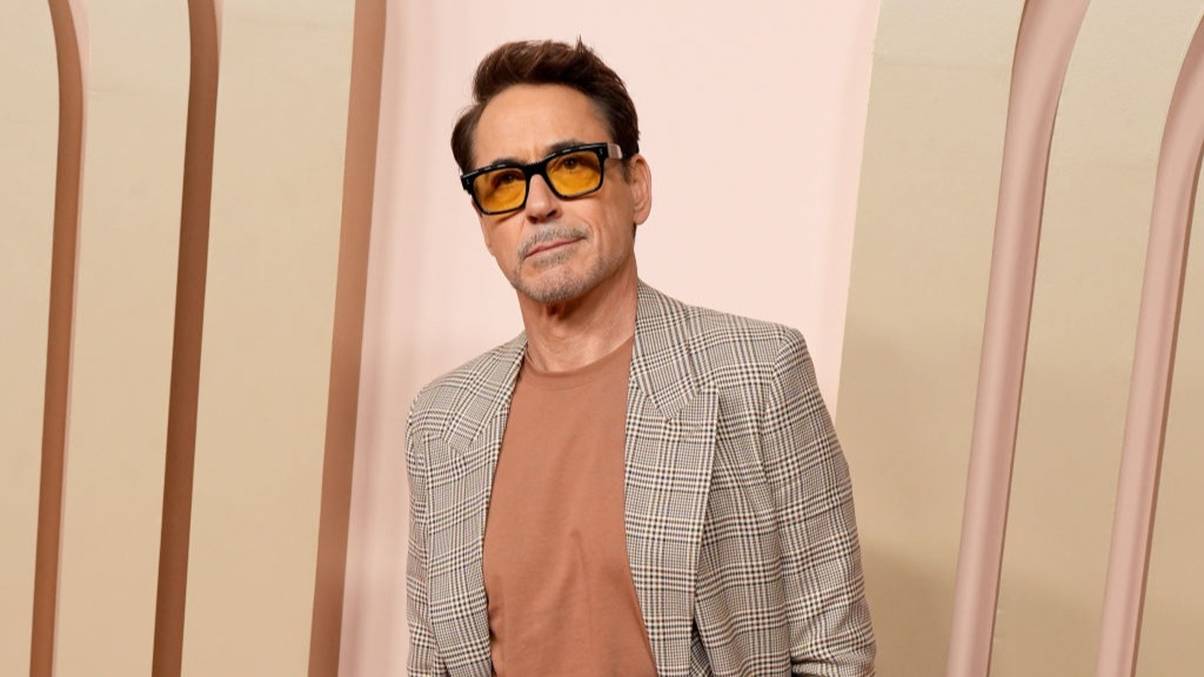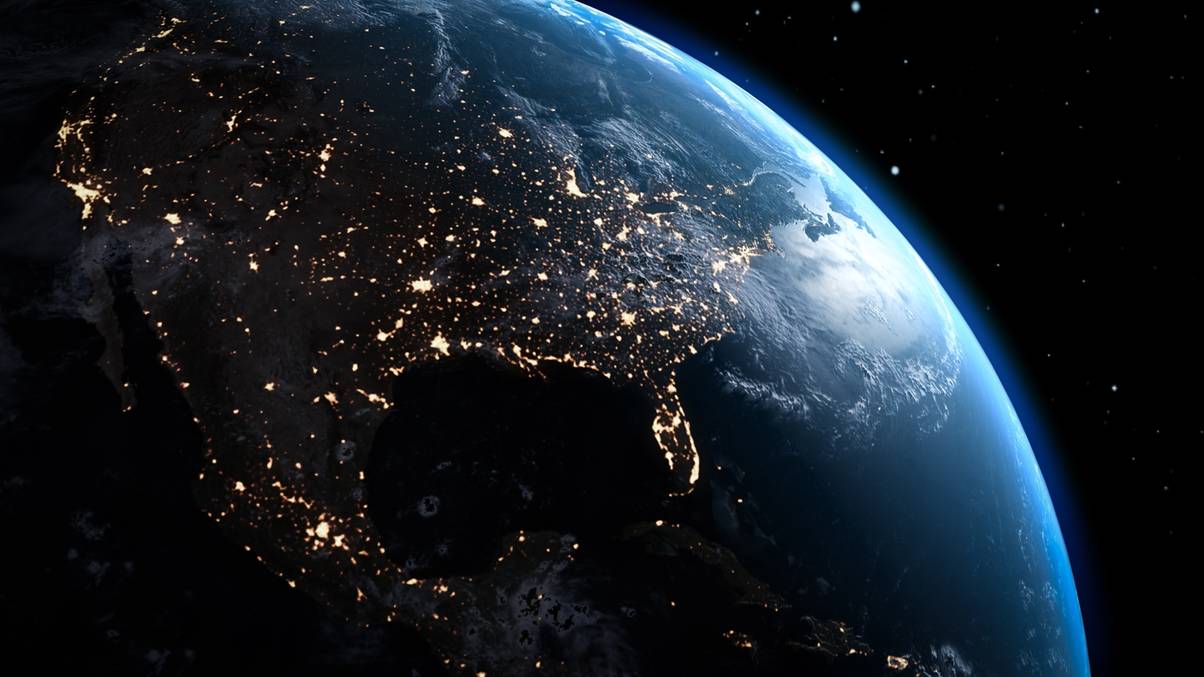Unveiling the Hidden Truths Behind Dia de Los Muertos: 13 Revelations You Never Knew
6. The Role of Music and Dance

Image Credit: kobbydagan at Depositphotos.com.
Music and dance are integral to Dia de los Muertos celebrations.
Mariachi bands and traditional folk music set a lively atmosphere during the parades and gatherings. In many areas, traditional dances such as La Danza de los Viejitos (Dance of the Old Men) are performed, symbolizing the celebration of life and death.
7. La Catrina, the Iconic Lady of Death

Image Credit: Oscarglezt at Depositphotos.com.
La Catrina is an iconic figure of Dia de los Muertos, dressed in fancy attire and a painted skull mask.
She was originally created as a satirical commentary on the Mexican elite’s obsession with European trends and culture during the early 1900s. Today, her image is still prevalent during Dia de los Muertos celebrations, representing death as something to be embraced rather than feared.
8. The Symbolism of Butterflies

Image Credit: Depositphotos.com.
Monarch butterflies hold a special place in Dia de los Muertos.
Their arrival in Mexico around the time of the celebration is seen as a symbol of spirits returning to the world of the living. For many indigenous people, these butterflies are believed to carry the souls of ancestors, adding a mystical layer to the celebration.
9. Orange Marigolds Are the Flower of the Dead

Image Credit: diegograndi at Depositphotos.com.
The vibrant orange marigold, or cempasúchil, is synonymous with Dia de los Muertos.
Its strong scent and bright color are believed to guide spirits back home. These flowers are used in various ways during the festival, from decorating altars and graves to creating elaborate floral arches and pathways leading to ofrendas. Often, flowers are also used to create intricate designs and patterns on the ground, symbolizing the fleeting nature of life.
10. The Significance of Papel Picado

Image Credit: sainaniritu at Depositphotos.com.
Papel Picado, colorful perforated paper banners, are more than just decorative. The delicate paper represents the fragility of life, and the banners’ movement in the wind signifies the presence of the spirits. These intricate designs add both color and meaning to the altars and celebrations.
11. Ongoing Parades and Festivals
Dia de los Muertos celebrations have grown in popularity, with many cities around the world hosting parades and festivals to honor this unique holiday.
In Mexico City, a massive parade attracts over one million people each year, while other cities like Oaxaca and San Miguel de Allende also hold elaborate events. These parades, filled with music, costumes, and elaborate floats, showcase the vibrant spirit of Dia de los Muertos and serve as a reminder of its enduring cultural significance.
12. Dia de los Muertos in Popular Culture

Image Credit: Depositphotos.com.
The global recognition of Dia de los Muertos has been boosted by its portrayal in popular culture, notably in films like Pixar’s “Coco.” These representations have helped bring awareness to the festival’s significance and its rich cultural heritage, fostering a greater appreciation for its customs worldwide.
These days, it is not uncommon to find relics of this celebration in mainstream stores alongside more common Halloween decor and costumes. Learning more about this important holiday and tapping into our own ancestral history can help bring these important days alive for those new to it in a respectful way.




















Post Comment